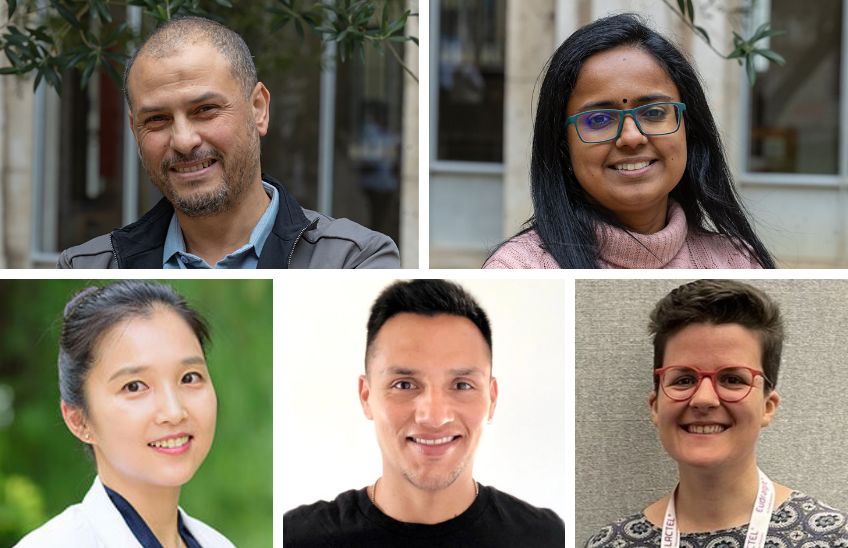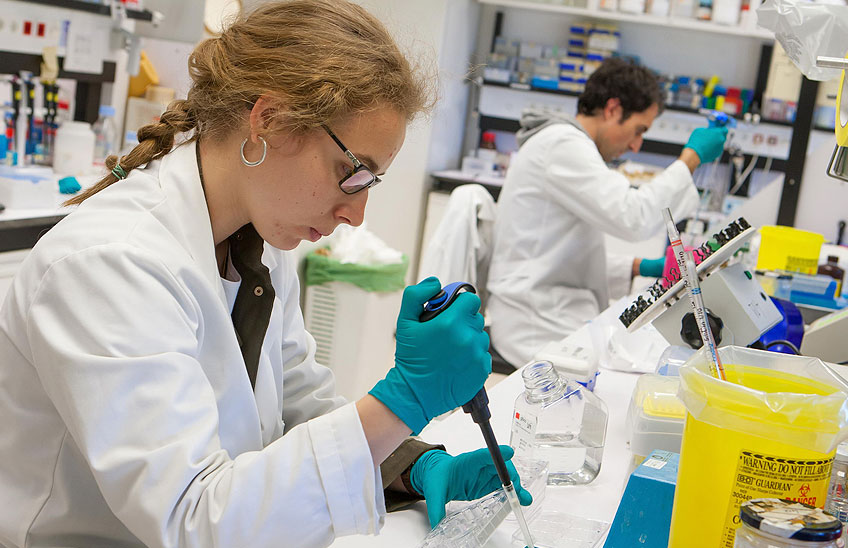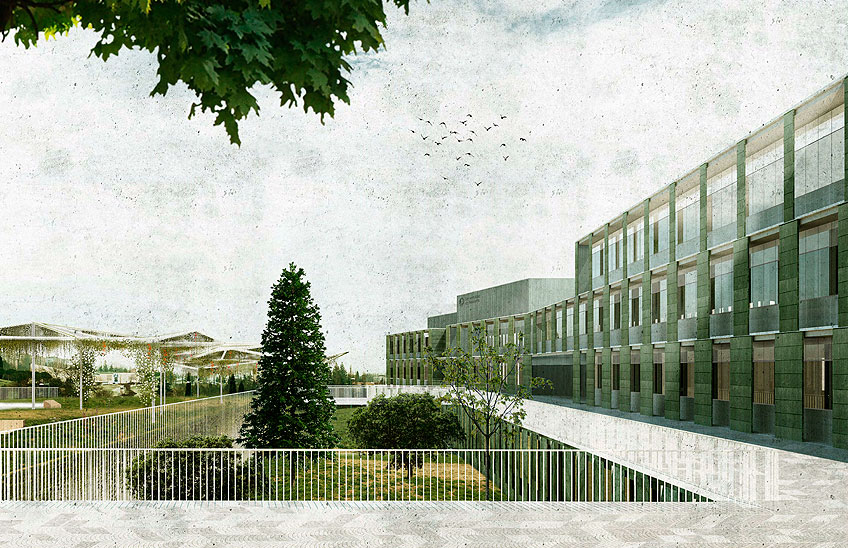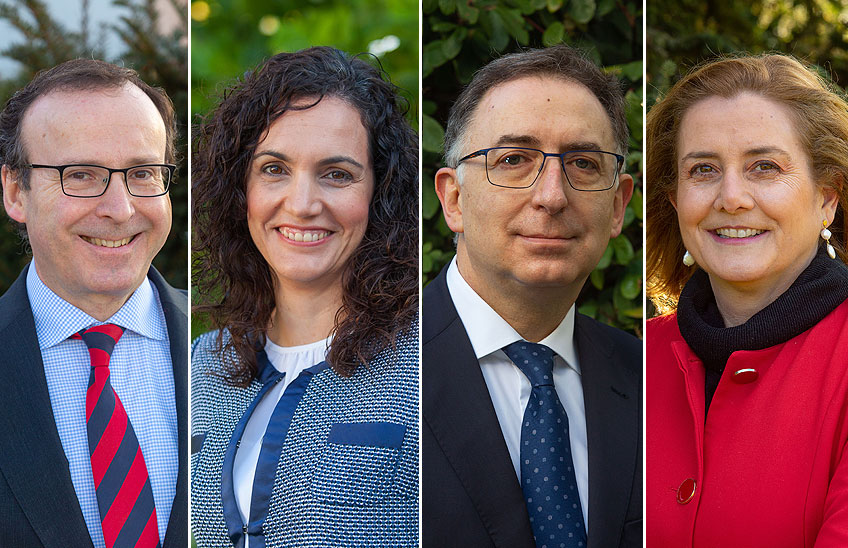New guide for science communication with the participation of the university
Ignacio López-Goñi and Bienvenido León, among the five coordinators of "Comunicando ciencia con ciencia", a reference letter that promotes a more ethical and evidence-based Public Communication of science.

FotoCedida/Universityof Navarra professors Ignacio López Goñi and Bienvenido León on the right of the image, together with other coordinators of the publication.
10 | 06 | 2025
Professors Ignacio López-Goñi and Bienvenido León, professors at the University of Navarra, are part of the coordinator team of Comunicando ciencia con ciencia, a pioneering guide published by the Lilly Foundation in collaboration with the Spanishassociation of Scientific Communication (AEC2) and The Conversation España. The book offers practical tools and current scientific evidence to improve the Public Communication of science in all fields and disciplines.
At a time when misinformation represents a growing threat to social trust in science, Communicating science with science is presented as a reference letter for researchers, teachers, journalists and disseminators. Organized in 19 chapters with a theoretical and practical approach , this guide seeks to strengthen the link between science and society through a more ethical and rigorous communication.
The guide, available on the Fundación Lillywebsite, has been prepared by 36 co-authors and coordinated by a team of five specialists: in addition to López-Goñi and León, Gema Revuelta (Pompeu Fabra University and ACS2), Elena Sanz (The Conversation España) and Marcos Pérez (Museos Científicos de A Coruña and president of ACS2).
Ignacio López-Goñi, also scientific advisor of the Lilly Foundation and director of the Scientific Culture and Innovation Unit of the University of Navarra (UCC+I), emphasizes that "not all staff researcher have to be communicators, but those who want to do so should be trained. This guide is designed to facilitate effective communication, with useful tools and based on the best availableevidence".
Bienvenido León, Deputy Director of the unit, stresses the importance of tackling new technological challenges such as artificial intelligence, "since AI can amplify disinformation, but it also has enormous potential as an ally in scientific knowledge dissemination . In the book we address its use with an ethical and manager approach ".
The book not only offers general keys on language, strategies and formats, but also includes specific content on social networks, media, thematic infographics, podcasts, citizen science, health and environmental communication, among others.
This publication completes the trilogy initiated by the Lilly Foundation with Teaching Science with Science (2018) and Reporting Science with Science (2021), whose goal seeks to improve the way science reaches the public, with accountability and transparency.
With its participation in this national guide , the University of Navarra reaffirms its active role, through its UCC+I, in strengthening the knowledge generated by its researchers to reach society. "In a global scenario marked by the need to regain public confidence in knowledge, Communicating science with science proposes a clear roadmap to communicate with rigor and transform the relationship between science and society," say the researchers.
The authors also included María Pilar Martínez-Costa, professor at the School of Communication at the University of Navarra, and former University graduates Oihan Iturbidedirector of the publishing house Yonki Books) and Heber Longás (scientific infographer at Fundamentium).




